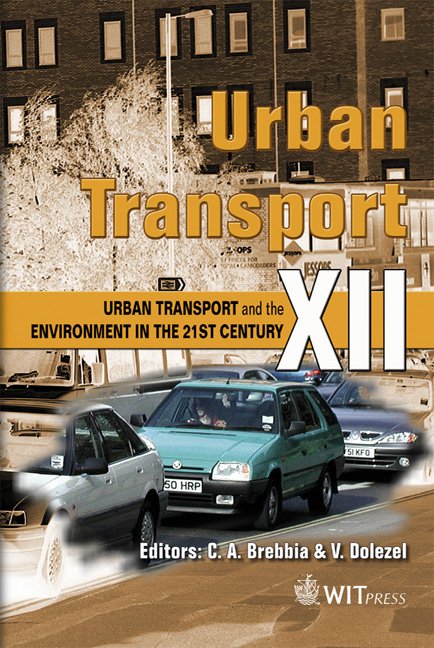A New Design Methodology For Public Transport Stations Of A Multimodal Hub
Price
Free (open access)
Transaction
Volume
89
Pages
10
Published
2006
Size
579 kb
Paper DOI
10.2495/UT060801
Copyright
WIT Press
Author(s)
F. Kaakai, S. Hayat & A. El Moudni
Abstract
The purpose of this paper is to present a new design methodology which allows one to compute more precisely, and thus at a lower cost, the station platform surfaces able to absorb the peaks of travellers during rush periods. This new design methodology is based on a model of \“public transport stations” which can be considered as a hybrid dynamic system. This model, based on Synchronized Hybrid Petri Nets, describes the functioning and the behaviour of public transport stations through a set of non-linear and piecewise continuous equations. This non-linear hybrid formalism is complex. That is why we present in this paper an algorithmic method which simplifies this theoretical formalism and makes it exploitable for design applications. This new design methodology applied to a rush-hour period scenario and compared with a rough design procedure shows that the space saving can be higher than 50% for only one station. Keywords: multimodal hub, public transport, mode, connections, stations, hybrid, Petri-nets, model, platform surface, analytical design algorithm. 1 Introduction Some standardisation works dedicated to the service quality in public transports like the standard EN 13816 published in 2002 by the European Committee for Standardization (ECS [8]) specify that the maximal density of travellers on station platforms must not outnumber 6 persons per m². Nevertheless, we can observe that some public stations, especially into busy multimodal hubs, do not
Keywords
multimodal hub, public transport, mode, connections, stations, hybrid, Petri-nets, model, platform surface, analytical design algorithm.





